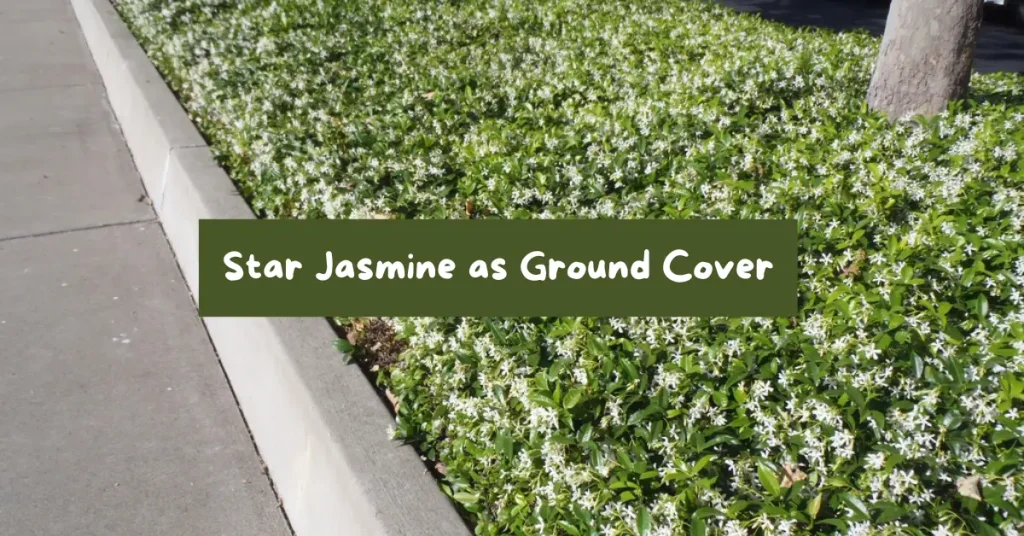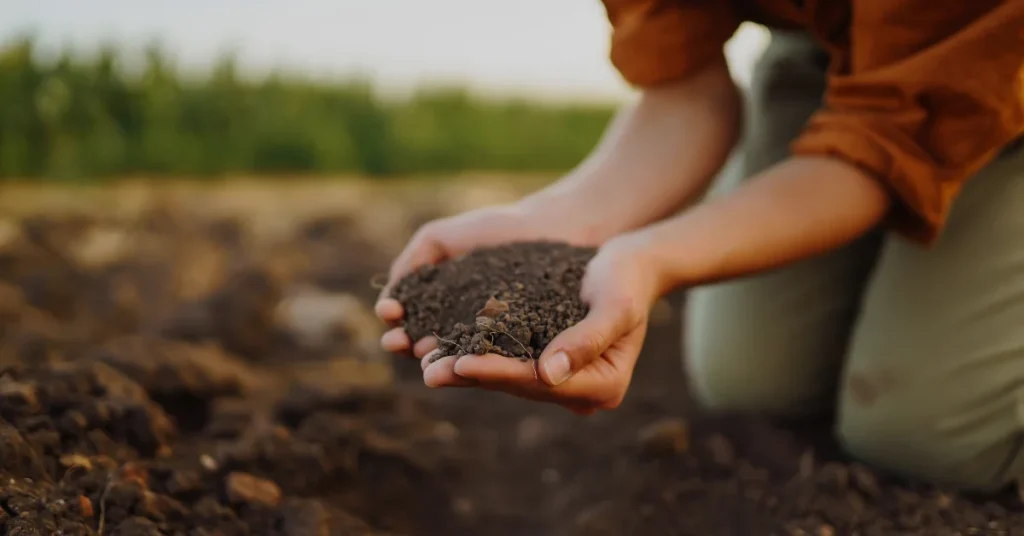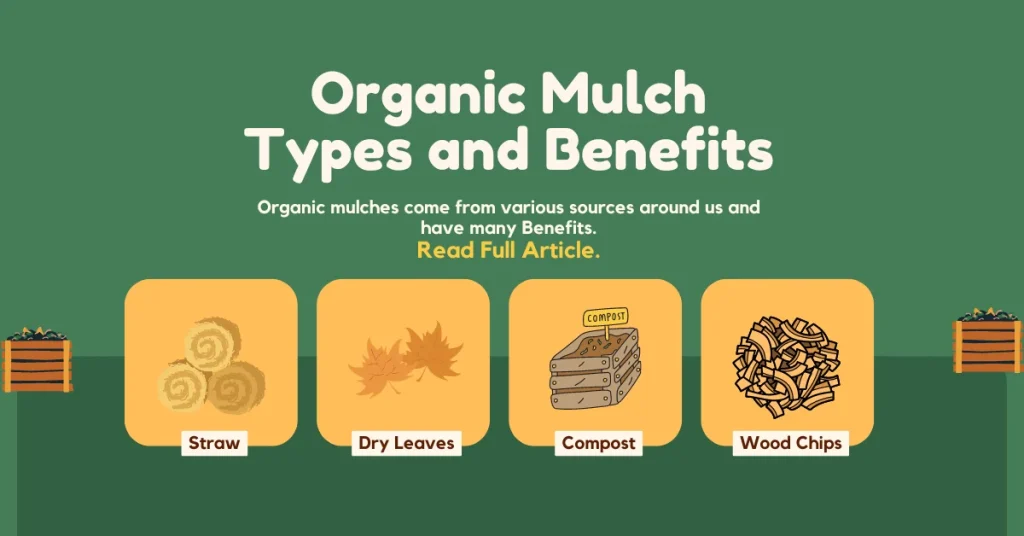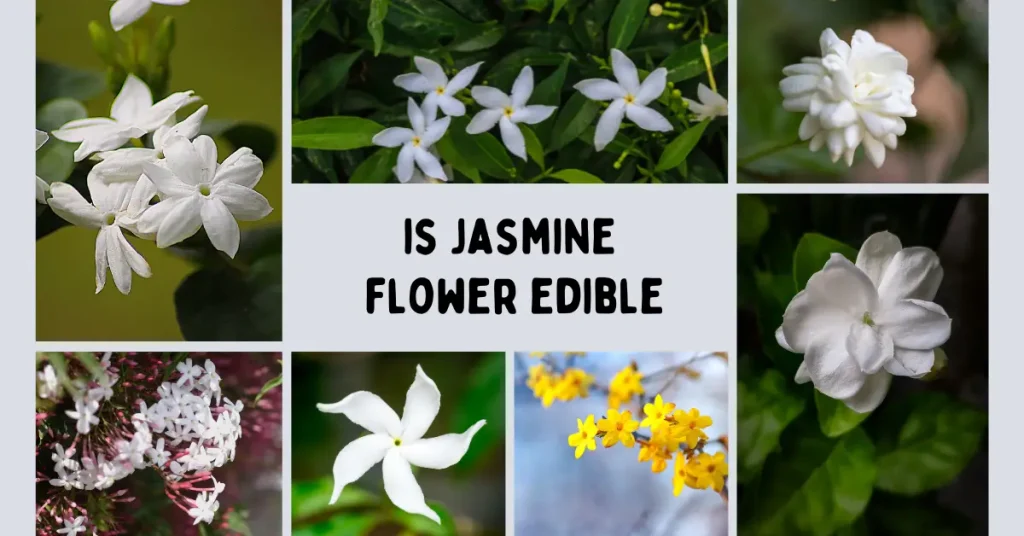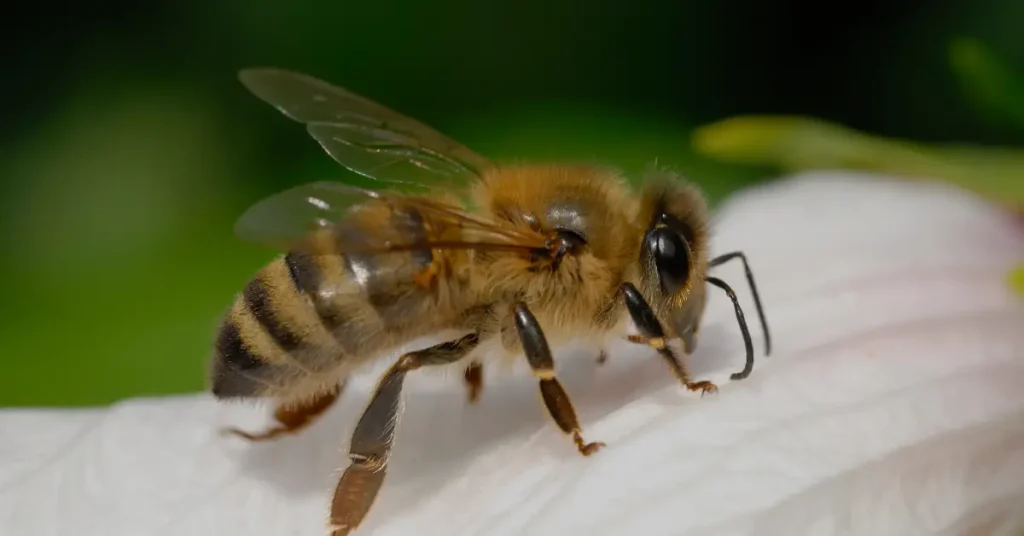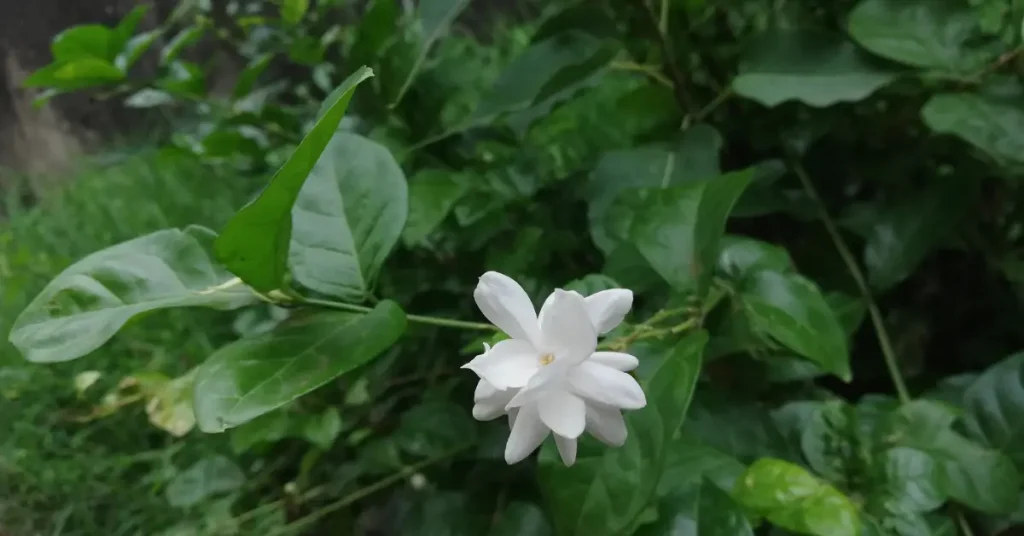How To Increase Flowering In Jasmine Plant
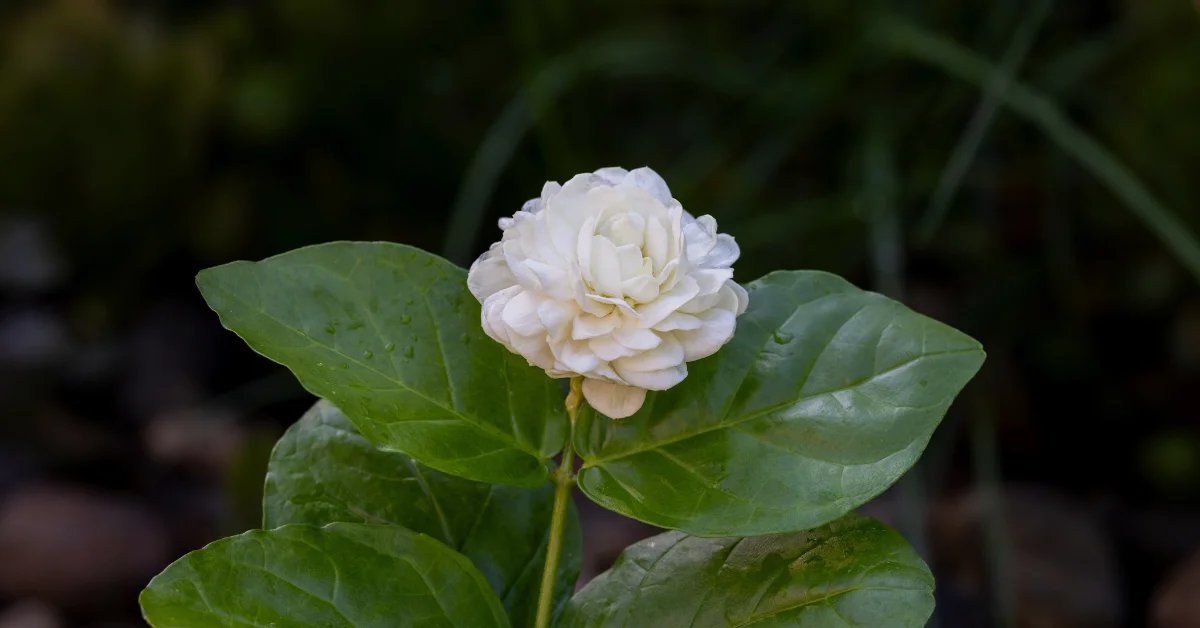
Whether you’re growing Jasminum officinale in your garden or Jasminum sambac on your balcony, abundant blooms are the ultimate reward. But what if your jasmine isn’t flowering as much as you’d like? Don’t worry—this guide will walk you through the methods including natural methods to boost flowering in your jasmine plants. Get ready to learn how to increase flowering in jasmine plant naturally and keep your garden or home filled with those sweet-scented blooms.
10 Reasons Your Jasmine is Not Blooming
Jasmine plants are beloved for their versatility and fragrance. Their flowering potential depends on meeting specific care requirements. Common varieties like Jasminum officinale (Common Jasmine), Jasminum sambac (Arabian Jasmine) and Jasminum polyanthum (Pink Jasmine) thrive in warm climates but differ slightly in their needs. For instance, Arabian Jasmine loves humidity, while Common Jasmine tolerates cooler temperatures.
If your jasmine isn’t blooming at full potential, it could be due to:
- Lack of sufficient sunlight
- Overwatering or poor drainage
- Excess nitrogen in fertilizer
- Irregular or improper pruning
- Low temperatures or cold drafts
- Poor or compacted soil
- Pest or disease infestation
- Inadequate air circulation
- Immature plant age or wrong season
- Lack of mild stress before blooming season
Understanding these factors is the first step to get vibrant blooms. Let’s explore these key factors one by one.
Lack of Sufficient Sunlight
As an experienced gardener, I can tell you that jasmine is a true sun lover. Without enough sunlight, it simply won’t bloom to its full potential. Jasmine plants need at least four to six hours of direct sunlight each day to trigger strong bud formation. When they’re grown in too much shade, you’ll notice lush green foliage but very few flowers — a clear sign that the plant is focusing on leaf growth instead of blooming.
If your jasmine is indoors, place it near a south-facing window where it can soak up bright light. For outdoor plants, ensure nearby trees or walls aren’t blocking the sun. Even a few hours of morning sun followed by dappled afternoon light can make a huge difference. Remember, sunlight is the fuel that drives the plant’s internal energy for flowering.
Overwatering or Poor Drainage
One of the most common mistakes I see gardeners make with jasmine is being too generous with water. Jasmine likes moisture, yes — but not soggy feet. When the roots sit in waterlogged soil, they can’t breathe properly, leading to root rot and eventually a sharp decline in flower production. The plant may look healthy on top for a while, but underneath, the roots are slowly suffocating.
The key is to maintain evenly moist, well-drained soil. Water your jasmine thoroughly, then allow the top inch of soil to dry before watering again. Always ensure pots have drainage holes and if you’re growing jasmine in the ground add organic matter or sand to improve soil structure. In the rainy season, prevent standing water. A healthy root system is the foundation of a blooming jasmine — once the roots can breathe, the plant will reward you with a flush of fragrant flowers.
Excess Nitrogen in Fertilizer
Many gardeners, eager to see their jasmine thrive, end up overfeeding it — especially with fertilizers high in nitrogen. No doubt, nitrogen is essential for healthy green growth but too much of it shifts the plant’s energy toward leaf production (vegetative growth) and away from flower formation.
The result? A lush, bushy jasmine with very few blooms.
To encourage flowering, jasmine needs a balanced use of fertilizers that’s rich in nitrogen, phosphorus and potassium. Look for a balanced fertilizers formula or a natural option like bone meal or banana peel compost. Apply it once every 4–6 weeks during the growing season and always water afterward to help nutrients reach the roots.
Avoid fertilizing during the plant’s dormancy or non-blooming period — it won’t use the extra nutrients and they may harm the soil balance and also puts extra cost.
Irregular or Improper Pruning
Many gardeners either prune at the wrong time or skip it altogether and both mistakes can severely limit flowering. Jasmine blooms primarily on new growth, so if you don’t prune, the plant becomes dense and tangled, with older branches that no longer produce buds. On the other hand, pruning too late — especially just before the flowering season — can remove the very shoots that would have carried the blooms.
The best time to prune jasmine is right after its flowering cycle ends. This timing allows the plant to recover and push out fresh, vigorous shoots before the next blooming season. Use clean, sharp shears to remove dead, weak, or overcrowded stems and lightly shape the plant to allow sunlight and air to reach the inner branches.
A well-pruned jasmine not only looks healthier, beautiful but also redirects its energy toward new flower-bearing growth instead of maintaining old wood. You give your plants a fresh start through pruning — it’s how you keep jasmine young, vibrant and full of blossoms year after year.
Low Temperatures or Cold Drafts
Jasmine is a warmth-loving plant that thrives best in temperatures between 20°C and 30°C (68°F to 86°F). When exposed to cold drafts, frost, or sudden temperature drops, its growth slows down and flowering is often delayed or completely halted. Cold stress can cause buds to dry up before opening or even fall off entirely. You might also notice yellowing leaves or stunted shoots — both signs that your jasmine is struggling with the cold.
If you live in a region with cool winters, it’s crucial to protect your jasmine from frost. For outdoor plants, move potted jasmine indoors or to a sheltered patio when temperatures begin to dip. Keep it near a sunny window or under grow lights where it can still receive warmth and light. Avoid placing it too close to heaters, though, as hot, dry air can stress the plant just as much as cold air.
In short, jasmine blooms best when it feels like it’s in its natural tropical environment — warm, bright and comfortable. Once you shield it from the chill, you’ll often see a noticeable rebound in new buds and flowers.
Poor or Compacted Soil
Healthy soil is the lifeblood of a blooming jasmine. When the soil is poor, heavy, or compacted, the plant’s roots can’t breathe or absorb nutrients properly. This lack of aeration and nutrient flow leads to weak growth and sparse flowering. Jasmine thrives in loamy, well-draining, slightly acidic soil (pH 6.0–6.5) — soil that’s rich in organic matter and crumbly to the touch.
If your soil feels hard or clay-like, it’s time to loosen and enrich it. Mix in organic compost, coco peat, or well-rotted manure to improve texture and fertility. These additions not only provide nutrients but also create air pockets that roots need to grow freely. For potted jasmine, use a high-quality potting mix with added sand or perlite for drainage.
Another helpful tip: repot or refresh the top layer of soil every year. Over time, soil becomes compacted from watering and root activity limit its ability to support flowering.
Insects and Disease Infestation
Even the healthiest jasmine can struggle to bloom if it’s under constant attack from pests or diseases. Common insects include aphids, whiteflies, spider mites and mealybugs. Insects suck the sap from leaves and tender buds. This weakens the plant, poses stress and reduces flowers production.
Diseases such as powdery mildew and root rot severely affect the plants if not treated in time. Fungal infections block the plant’s vascular system, making it harder for nutrients and water to reach the buds. The result is fewer blooms and a generally unhealthy appearance.
The key is early detection and intervention. Inspect your jasmine regularly — especially the undersides of leaves — and treat any infestation promptly with organic pesticide.
Inadequate Air Circulation
Air circulation is often an overlooked factor. I always say, it plays a crucial role in jasmine flowering. When the plant grows in a cramped or poorly ventilated space, the stagnant air around it can create high humidity pockets, which encourage fungal diseases and weaken bud development. Poor airflow also prevents the plant from exchanging gases efficiently, which is essential for photosynthesis and overall vigor.
To improve air circulation, make sure your jasmine has enough space between other plants or walls. For climbing varieties, use a trellis, fence, or support structure to train the branches outward rather than letting them tangle.
Good airflow not only keeps the plant healthy but also helps buds mature properly, leading to more abundant and longer-lasting flowers.
Immature Plant Age or Wrong Season
Sometimes, a jasmine simply isn’t ready to bloom because it hasn’t reached maturity. Most jasmine species take 1–2 years to establish strong roots and sufficient growth before producing flowers. If your jasmine is still small or recently planted, patience is the key.
Seasonality also plays a major role. Many jasmine varieties bloom during late spring to summer. Environmental cues such as day length, temperature, and humidity trigger bud formation, so forcing the plant during off-season periods can stress it rather than promote flowering.
Lack of Mild Stress Before Blooming Season
A little stress can encourage jasmine to flower more profusely. In nature, plants often respond to slight stress — like reduced water or limited nutrients or cold stress. Monitoring and early detection are the keys to notice stresses and do the needful accordingly.
Natural Methods to Enhance Flowering
For gardeners who prefer eco-friendly solutions, natural methods can significantly boost jasmine flowering without synthetic chemicals. Here are some effective, natural approaches:
- Compost Tea: Brew compost tea by steeping compost in water for 24–48 hours. Dilute and apply to the soil monthly to provide a nutrient-rich boost for blooms.
- Epsom Salt: Dissolve 1 to 2 tablespoon of Epsom salt in a gallon of water and apply every 4-6 weeks. The magnesium in Epsom salt aids chlorophyll production and eventually enhance flowers development.
- Banana Peels: Chop and bury banana peels around the base of your jasmine for a potassium boost, which supports flowering.
- Molasses: Mix 1–2 tablespoons of organic molasses in a gallon of water and use as a foliar spray or soil drench to supply micronutrients.
- Crushed Eggshells: Sprinkle crushed eggshells into the soil for a slow-release calcium source, strengthening flower buds.
These natural remedies have potential of increasing flowering in jasmine plants naturally, keeping your garden sustainable and chemical-free.
Seasonal Care Tips for Continuous Blooms
Jasmine care varies by season to ensure year-round flowering potential:
- Spring/Summer: This is jasmine’s prime blooming season. Increase watering, fertilize monthly and ensure ample sunlight. Pinch back tips to encourage more buds.
- Fall: After flowering, prune to shape the plant and remove dead growth. Reduce watering slightly as growth slows.
- Winter: Protect outdoor jasmines from frost with mulch or covers. For indoor plants, reduce watering and place near a bright window or grow light.
Conclusion
In summary, a jasmine plant’s flowering depends on a combination of proper care, environmental conditions and attention to its natural needs. By ensuring sufficient sunlight, balanced watering and fertilization, regular pruning and protection from pests and stress, you create the perfect environment for abundant blooms. With patience and consistent care, your jasmine will flourish, filling your garden or home with its beautiful, fragrant flowers.

I am Yasir Riaz, an Agronomist for more than a decade. Helping local farmers and Gardeners to improve their crops and Gardens and overall productivity. In addition to my work in agriculture, I have also delved into the digital world as an SEO writer and blogger. Through my blog, I aim to educate and inspire others about the Chameli Flower (Jasmine).

